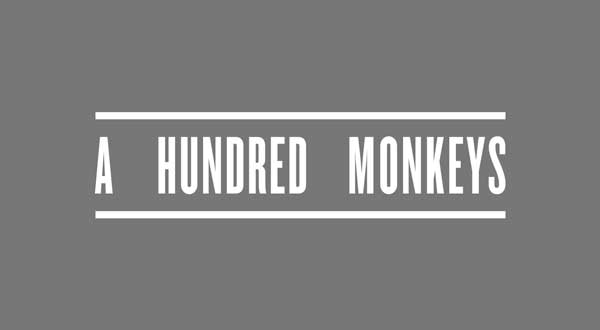On the warpath with Native American mascots
December 17, 2009
Reading Time: 3 minutes
Filed under Branding, Naming, Positioning, Renaming
by Jeffery Racheff
Neon headdresses. Gleaming tomahawk axes. Half-naked men covered in war paint – these are not the sights of a Native American war dance. No, they’re staples of American sporting events. Indian images, mascots and logos are ubiquitous at football and baseball games, and there are countless teams throughout the country that use their likenesses. But at what point does their use stop being good clean fun… and cross over into exploitation?
A good majority of sports teams with images derived from Native Americans are called either the Chiefs, the Braves or the Warriors. Their logos range from arrowheads and spears to the profiles of stately-looking Indian warriors. But some representations venture onto shaky ground. The Cleveland Indians’ mascot, Chief Wahoo, has a particularly sunny demeanor that some Native Americans find offensive. His big grin and candy-apple skin color are similar to the stereotypes of “dandified” or happy-go-lucky “colored people” popular in the early 20th century.
To put it in perspective, imagine if the Chief’s skin was turned black, his name changed to Homie Jerome and the feather replaced with an afro-pick. That wouldn’t fly for a second because most of us have come to see that these types of depictions perpetuate negative stereotypes. So is exploiting Red-Face for cheers the same as exploiting Black-Face for laughs? Is allowing a team to call itself the Brooklin Redmen (a lacrosse team in Ontario) really that much different than calling yourself the Dayton Darkies, the Jacksonville Jewboys, or the Chattanooga China Men? And why don’t we have more teams like The University of Northern Colorado’s racial rebuttal, the Fighting Whities?
Native Americans are the only ones who can say whether or not a team name or mascot is offensive. There are those who claim Indians should be treated as human beings, not objects for entertainment, but there are also plenty who welcome the honor as a tribute to their culture’s legacy. The University of Utah Utes, for example, received full approval from the Indian Ute Tribe for use of their name. The Florida State Seminoles mascots, Chief Osceola and his horse Renegade, even don tribe-sanctioned regalia designed by women of the Seminole tribe. And it seems the Supreme Court doesn’t think it’s too big of a deal either. Earlier this month, the nation’s top court decided not to hear a case against the NFL’s name for its Washington franchise, the Redskins, even though the National Congress of American Indians calls it “patently offensive, disparaging and demeaning.”
There are also plenty of teams that exploit other cultures, like Vikings, Trojans and Irish people – so where are their protesters? Well, to start, the Trojans weren’t on the receiving end of a massive genocide. If anything, they were the ones doing the massacring. Also, there are countless city and university sports teams that have little to do with the Native American names they appropriate (unlike Notre Dame and its Fighting Irish), so the two examples can’t be fairly compared.
Still, when Johnny Sports Fan joins in on the Tomahawk Chop, it’s not very likely that he is intentionally acting out ill-will towards Indians or their cultures. He probably just wants to get drunk, watch baseball, and have people leave his team traditions alone. Unfortunately this is a little bigger than athletic traditions – it’s about cultural traditions too. In an age where awareness of the sensitivities of others is virtually inescapable, you have to reconsider what should no longer be tolerated. Finding a mascot not based on people who want no part of it seems like common sense.
